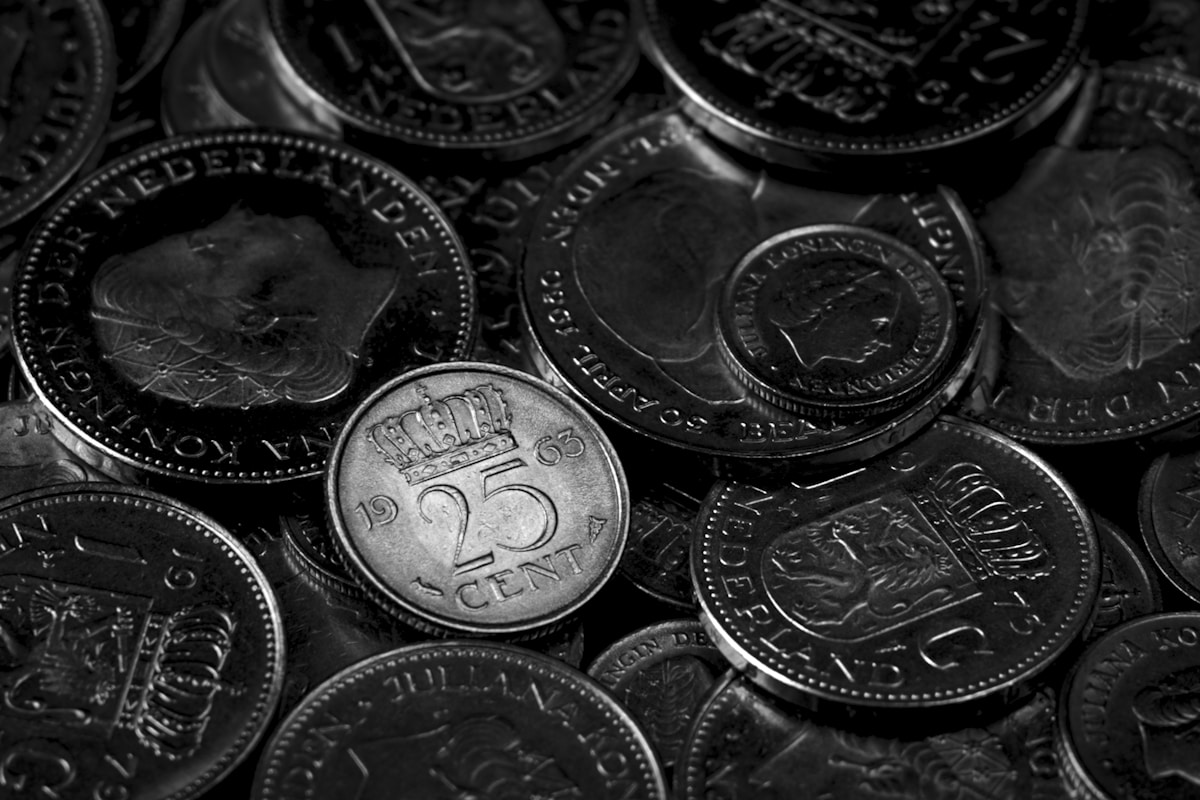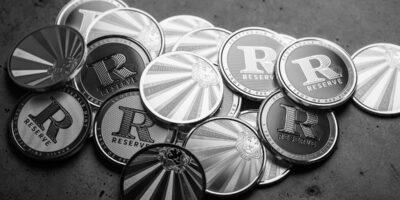The Bullion Card: A Deep Dive
The bullion card is a financial instrument with growing popularity among precious metal enthusiasts and investors. It’s not your typical credit or debit card. Instead, it offers unique benefits specifically tied to gold and other precious metals. Let’s break down what the bullion card is, its features, benefits, and considerations.
What is a Bullion Card?

Unlike standard banking cards, the bullion card’s value and transactions are backed by physical bullion, predominantly gold. These cards allow users to buy, sell, and store precious metals easily. Companies like Glint Pay and Pure Gold are at the forefront, issuing these cards to meet the specific needs of investors looking for a more tangible store of value.
Key Features of Bullion Cards
- Gold-backed Transactions: Each transaction is linked to the current value of gold. This means that when you make a purchase, an equivalent amount of gold is deducted from your holdings.
- Physical Gold Storage: The gold is stored in insured vaults, ensuring that your investment is safe. Not having to worry about the physical storage of gold is a significant advantage.
- Convertibility: Users can easily convert their gold holdings back to fiat currencies like USD, EUR, or GBP.
- Transparency: Most bullion card providers offer a detailed transaction history and real-time tracking of gold prices.
- Ease of Use: Bullion cards are often linked to mobile apps, providing a user-friendly interface to manage your assets on the go.
Advantages
Holding a bullion card can offer numerous advantages, especially in times of economic uncertainty. Gold has historically been a reliable store of value. It tends to retain its worth even amid market downturns. Thus, transactions backed by gold can provide a sense of security that traditional fiat currencies might not offer.
Another significant advantage is diversification. For investors wanting to diversify their portfolio, having a portion invested in precious metals through a bullion card can be a strategic move. It can serve as a hedge against inflation and currency fluctuations.
Convenience plays a crucial role too. Traditional methods of buying and storing gold involve physical acquisition and safe storage. In contrast, a bullion card eliminates these hassles, providing seamless transactions without ever having to touch the metal physically.
Potential Drawbacks
Despite the numerous benefits, bullion cards have their limitations. The value of transactions depends entirely on gold prices, which can be volatile. While gold tends to be stable over the long term, short-term fluctuations can impact the buying power of your holdings.
Another consideration is fees. Many bullion card providers charge various fees, including storage fees, transaction fees, and sometimes even conversion fees. These can eat into your investment returns if not carefully managed.
Finally, accessibility might be a concern. Not all merchants accept gold-backed transactions. This limitation might necessitate frequent conversions to fiat, potentially incurring additional costs.
How to Get a Bullion Card
Getting a bullion card involves several steps. First, research different providers. Each company has unique features, fee structures, and policies. Compare and choose the one that best aligns with your investment strategy.
Once you’ve selected a provider, you’ll need to open an account. This often requires identity verification and linking a bank account for initial funding. The next step is to purchase gold through their platform. This gold will be stored in the company’s vault, backing your card transactions.
After the setup, you’ll receive your bullion card. Most providers offer both physical cards and digital wallets for online and contactless payments. Familiarize yourself with their platform, monitor gold prices, and manage your transactions through their app or website.
Use Cases
Everyday spending becomes interesting with a bullion card. You can use it to pay for groceries, dining, or even travel expenses, converting a portion of your gold to dollars or any other local currency in the process. This not only diversifies spending but also allows you to leverage the strength of gold.
For travelers, a bullion card can be particularly useful. It offers a reliable alternative to foreign exchange services, often providing better rates and enhanced security against currency devaluation. Travelers can enjoy more predictable spending power abroad.
Storing Wealth
Bullion cards also make wealth storage a breeze. Moving wealth into gold as an alternative to saving in fiat currencies might offer better long-term security. Given that the gold is stored in secure, insured vaults, you don’t have to worry about physical theft or degradation of the asset.
Investment Strategy
Incorporating a bullion card into your investment strategy requires careful planning. Monitor gold market trends; understand how geopolitical events, inflation, and market performance impact gold prices. A bullion card alone isn’t a comprehensive strategy, but it can be a vital component of a diversified portfolio.
Conclusion without the Header
The bullion card represents a revolutionary way of handling precious metal investments, merging the tangibility of gold with the convenience of modern banking. For those looking for an alternative store of value, it offers a unique blend of security, convenience, and potential stability in uncertain economic times.



